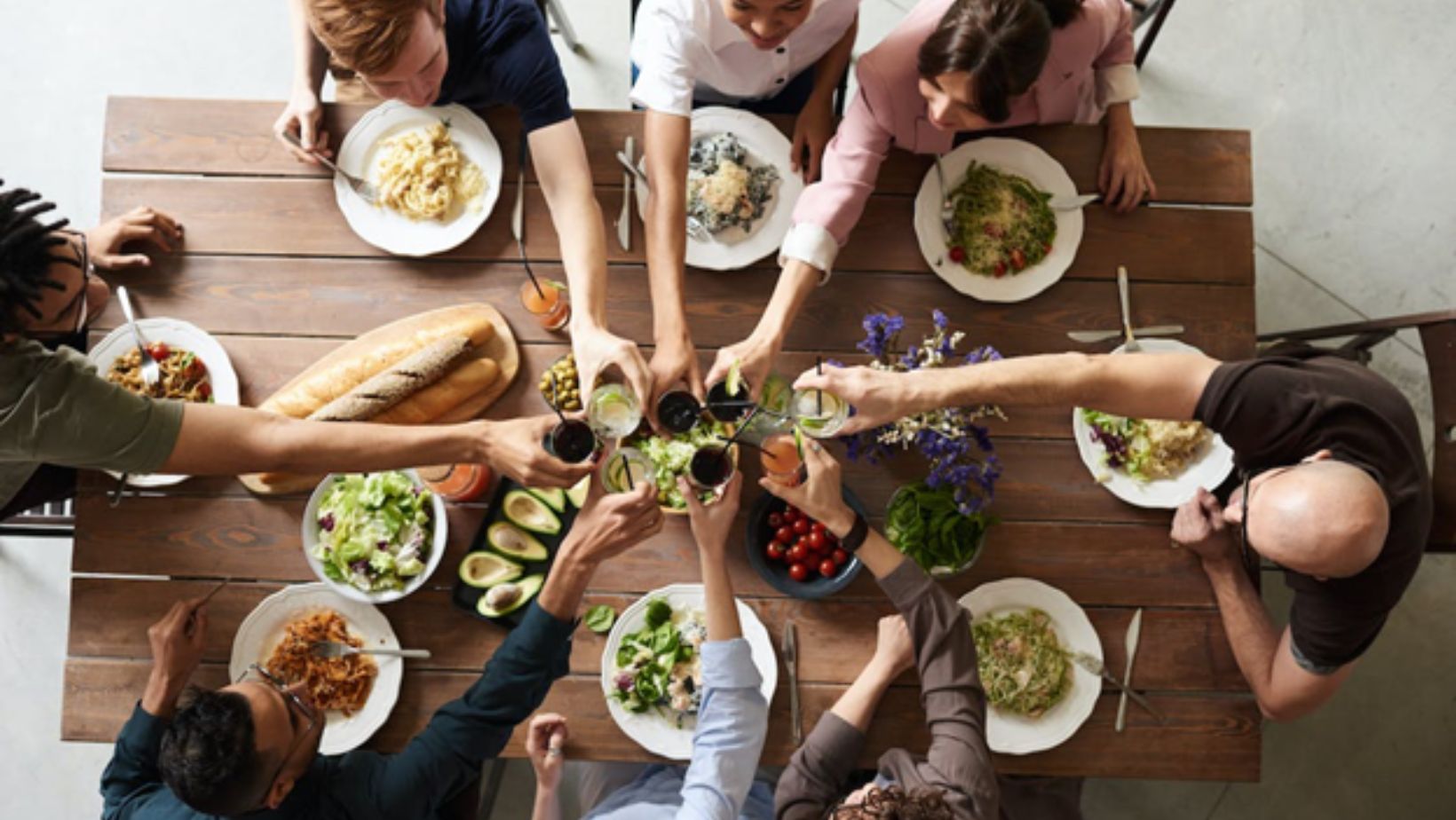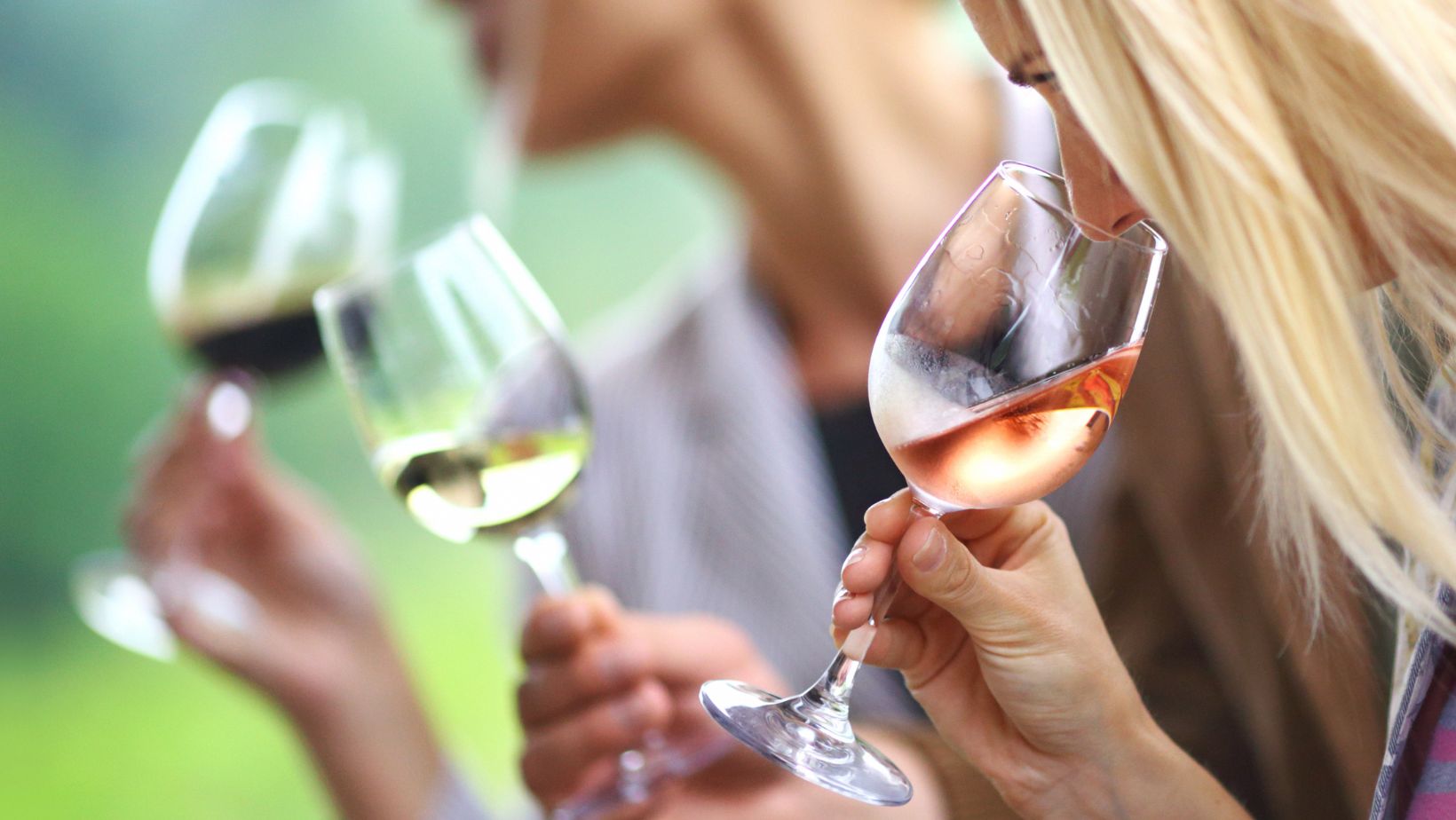Are you a wine enthusiast looking to refine your tasting skills? Look no further! In this beginner’s guide, we’ll take you on a journey to develop your palate and enhance your wine-tasting experience.
From understanding the basics of wine tasting to exploring different varietals and pairing them with delicious dishes, we’ve got you covered.
Get ready to impress your friends with your newfound wine knowledge and host your very own tasting event.
Let’s dive in and uncork the secrets of wine tasting together!
Understanding the Basics of Wine Tasting
Before we dive into the intricacies of wine tasting, let’s understand the basics.
When it comes to wine tasting, there are a few fundamental factors to consider. First and foremost is the appearance of the wine. Look at the color and clarity of the liquid in your glass. Is it clear or cloudy? Is it pale or dark? These visual cues can give you an indication of the wine’s age and quality.
Next, it’s time to use your sense of smell. Swirl the wine gently in your glass to release its aromas. Take a moment to inhale deeply and try to identify the different scents. Is it fruity, floral, or perhaps earthy? This step is essential in understanding the wine’s complexity and character.
Now, it’s time to taste. Take a small sip of the wine and let it coat your palate. Pay attention to the different flavors you experience. Is it sweet, dry, or somewhere in between? Notice the acidity, tannins, and body of the wine. These elements contribute to its overall balance and structure.
Lastly, consider the finish. How long does the flavor linger on your palate after swallowing? A long, pleasant finish is often an indication of a high-quality wine.
By understanding these basic principles, you’ll be well on your way to developing your palate and appreciating the nuances of wine tasting.
Exploring Different Wine Varietals
Try exploring different wine varieties to expand your knowledge and find the flavors that suit your taste preferences. Wine is a vast and diverse world, with countless varieties to discover. By trying different types of wine, you can develop a better understanding of the nuances and characteristics of each varietal.

Here are some varietals to consider exploring:
• Cabernet Sauvignon: Known for its bold flavors of blackcurrant, plum, and tobacco, this full-bodied red wine is perfect for those who enjoy rich and structured wines.
• Chardonnay: A popular white wine varietal, Chardonnay offers a range of flavors depending on the region and winemaking style. From crisp and citrusy to creamy and buttery, there’s a Chardonnay for every palate.
• Pinot Noir: Loved for its elegance and complexity, Pinot Noir is a lighter-bodied red wine with flavors of red berries, earth, and spice. It pairs well with a variety of dishes and is often considered a food-friendly wine.
• Sauvignon Blanc: This refreshing white wine is known for its vibrant acidity and flavors of citrus, tropical fruit, and grass. It’s a great choice for those who prefer crisp and zesty wines.
Role Of California Wine Clubs To Develop Palate
California Wine Clubs can be valuable for developing one’s palate in several ways. They introduce members to a wide variety of wines from different regions and winemakers within California. This exposure allows individuals to taste various grape varieties, terroirs, and winemaking styles, helping them better understand the nuances of wine.
Also, the tasting notes and information provided with each shipment offer insights into the wines’ characteristics, including flavor profiles, aromas, and aging potential. This guidance can help members learn how to identify and describe the flavors and aromas they experience, improving their wine vocabulary.
Enhancing Your Tasting Skills With Wine Pairings
Enhancing your tasting skills can be achieved by exploring different wine pairings to discover the perfect combination of flavors. By experimenting with various food and wine combinations, you can train your palate to identify the subtle nuances and enhance your overall wine-tasting experience.
When it comes to wine pairings, there are no hard and fast rules. It’s all about finding what works for you and your taste preferences. Start by considering the characteristics of the wine you are tasting. Is it light-bodied or full-bodied? Does it have high acidity or low tannins? These factors can guide you in selecting complementary foods.
For example, if you’re enjoying a crisp, zesty Sauvignon Blanc, try pairing it with a fresh salad or a plate of seafood. The bright acidity of the wine will cut through the richness of the food, creating a harmonious balance of flavors.
On the other hand, if you’re sipping on a bold, fruit-forward Cabernet Sauvignon, opt for hearty dishes like grilled steak or aged cheese. The robust flavors of the wine will complement the richness and intensity of the food.
Remember, the key to successful wine pairings is experimentation. Don’t be afraid to try different combinations, and trust your own taste buds. With each pairing, you’ll develop a deeper understanding of how flavors interact and discover your own personal favorites.
Developing Your Wine Vocabulary
As you delve deeper into the world of wine, expanding your vocabulary will allow you to confidently articulate the aromas, flavors, and characteristics you experience. Understanding and using the right words can elevate your wine-tasting experience and help you communicate your preferences to others.

Here are four key terms to add to your wine vocabulary:
• Terroir: This French term refers to the environmental factors, such as soil type, climate, and topography, that influence the flavors and quality of grapes grown in a particular region. Understanding terroir will help you appreciate the unique characteristics of wines from different places.
• Tannin: Tannins are compounds found in grape skins, seeds, and stems that contribute to a wine’s structure, bitterness, and aging potential. Recognizing tannins will allow you to describe the texture and mouthfeel of a wine, whether it’s soft and velvety or firm and astringent.
• Acidity: Acidity is a crucial component of wine that provides freshness, balance, and crispness. Being able to identify acidity will help you assess a wine’s overall harmony and its potential to pair well with certain foods.
• Finish: The finish refers to the lingering flavors and sensations that remain after swallowing a sip of wine. A long, complex finish is often a sign of a high-quality wine, while a short finish may indicate a simpler or less intense flavor profile.
Tips for Hosting Your Own Wine-Tasting Event
When hosting your own wine-tasting event, you can create a fun and interactive atmosphere by providing tasting notes and information about the different wines.
Start by preparing a variety of wines for your guests to sample. Offer a diverse selection that includes different grape varieties, regions, and styles. This will allow your guests to explore and compare different flavors and characteristics.
As they taste each wine, provide them with tasting notes that describe the wine’s aromas, flavors, and textures. This will help them develop their palate and understand the nuances of each wine.
Additionally, share information about the winemaking process, the vineyard, and the region where each wine comes from. This will give your guests a deeper appreciation for the wine and its origins.
Encourage your guests to discuss their thoughts and impressions with each other. This will create a lively and engaging conversation about the wines and enhance the overall experience.
Remember to provide water and palate cleansers, such as bread or crackers, to help cleanse the palate between tastings.
Conclusion
So there you have it, budding wine connoisseur! With this beginner’s guide to wine tasting, you now have the tools to develop your palate and explore the world of wine with confidence.
Remember to start by understanding the basics, then expand your knowledge by exploring different varieties and enhancing your tasting skills with food pairings.
Don’t forget to develop your wine vocabulary along the way, and consider hosting your own wine-tasting event to share your newfound expertise.
Cheers to your wine-tasting journey!
